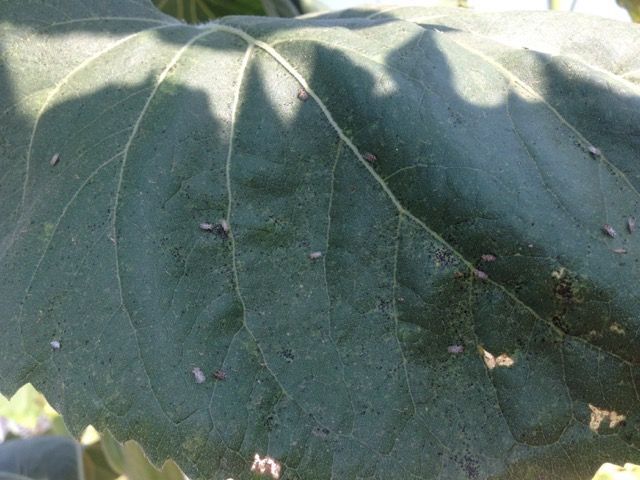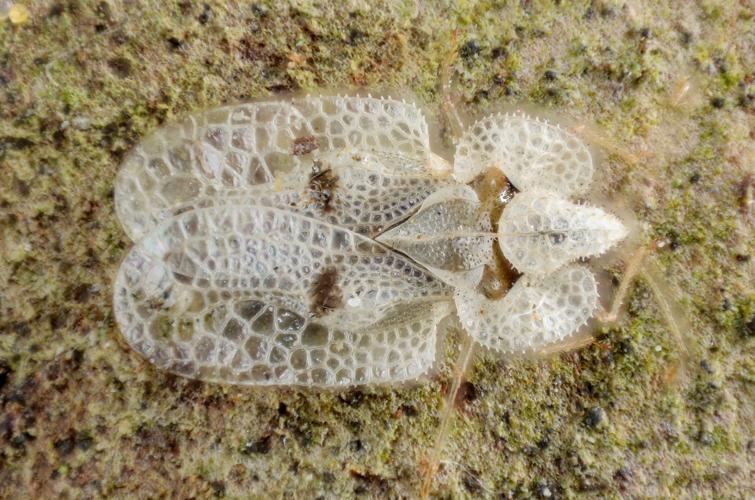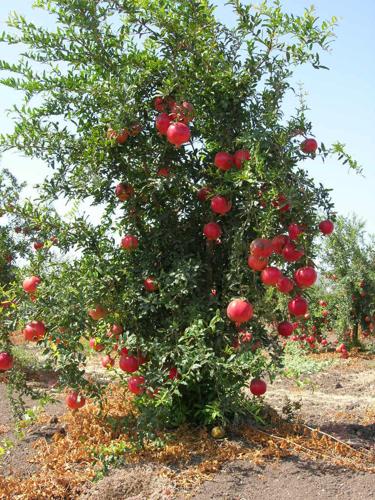Q: We have a large acacia tree (the trunk is about 22 inches diameter) that is dropping leaves. We are wondering if it simply needs to be watered (though other acacia trees in the neighborhood are not getting watered and not dropping leaves). It also needs to be pruned, is there a person/company that you would recommend or can we do this ourselves?
A: Drought is certainly one reason trees drop leaves. I just checked the sweet acacia at our office and it is dropping leaves as well. It gets no water except rain. Desert trees like the acacia could use water every two to three weeks in the summer to a depth of 36 inches.
They can survive without for some time, but eventually they show symptoms. There are going to be differences between trees wherever you go and it’s hard to say without seeing them all what factors might be affecting these trees. Trees also lose leaves for other reasons such as pests and diseases.
If you examine some of the leaves under a magnifier you might see symptoms or signs of these potential problems. I would be glad to examine some if you want to bring them to my office. A good sample will include a small branch with some leaves still attached freshly pruned from the tree so anything living might be still attached.
Putting the sample in a zip lock bag will keep things contained until I can see them.
You can prune yourself as long as you know a little something about pruning. It’s not rocket science but there are some basic guidelines to help you take good care of your tree.
The following link will show you a publication on pruning that should help. If you decide to hire someone instead, there is a link below to the International Society of Arboristry web site that allows you to look up local arborists to consider.
extension.arizona.edu/sites/extension.arizona.edu/files/pubs/az1139.pdf
isa-arbor.com/findanarborist/findanarborist.aspx
Q: My Arizona rosewood has some distorted leaves and fuzzy brown places at the ends of some of the distorted leaves. What could be causing this and what do I do about it?
A: The problem with your Arizona rosewood is witches broom rust called Gynosporangium vauquelinia. Rusts like this require an alternate host to complete their lifecycle.
This rust has juniper as an alternate host so there is likely an infested tree nearby or at least upwind from the rosewood. These rusts don’t kill the plants but they do reappear every year or two if the alternate host is still nearby. So you don’t need to do anything about it.
Q: I was at the garden this morning and noticed how droopy our patch of sunflowers is! So I took a closer look and discovered that the leaves are infested with insects! There are little white aphid looking things, and then massive sections of black dot-looking bugs, especially underneath the leaves. Maybe you can tell from the photos I’ve attached. I did my best to give them a sudsing with Dawn. Do you think this is the remedy for these bugs? Any other thoughts?
A: The insects on your sunflowers are called lace bugs, not to be confused with lacewings, which are beneficial predators. The black spots are likely a combination of young lace bugs, which are that color, and their poop.
Lace bugs are of the true bug order we call Hemiptera and they have piercing-sucking mouthparts just like the aphids. So they suck out the sap rather than chewing the foliage. The result of large numbers of these lace bugs feeding over a period of weeks is discoloration and the droopy look you noticed.
Fortunately, they don’t damage the flowers as much as the leaves. Insecticidal soap is a good solution as is a blast from a hose. Some dish soaps are toxic to plants so if you don’t want to spend a bit more for actual insecticidal soap, you might try spraying only part of your plant to begin just in case. These insects tend to be on the underside of the leaves at least as much as we see them on the tops so make sure you spray the plants in such a way as to cover the underside of the leaves.
Q: I have an Angel Red variety pomegranate tree that is 5 years old. It is producing a very good crop of fruit this year. I’m concerned about the care of my tree. Specifically, I would appreciate your advice on:
How often does it need fertilizing? I’ve been fertilizing only in the early spring.
How often should I water it in these very hot and dry conditions?
A: Pomegranates are tough plants that grow well in our arid conditions as long as we care for them. I recommend fertilizing once in the spring and then again in the fall. The fertilizer should be complete in that it contains equal amounts of nitrogen, phosphorus, and potassium, such as a 10-10-10 formulation. Irrigation should be provided every one to two weeks during the summer to a depth of 24 to 36 inches.
Keeping consistent irrigation throughout the growing season also helps prevent fruit from splitting. Pruning is something you do each winter to remove dead, damaged, and crossing branches. Also remove watersprouts and suckers as they appear.
Proper pruning involves removing these parts near the connection with larger branches, avoiding flush cuts and not leaving stubs either. There is more information on pruning available if you need it so please let me know. If you are okay with the natural shrubby form, this might be all you need to do. If you are trying for a tree form, there is more maintenance pruning to shape the plant and keep it that way.






